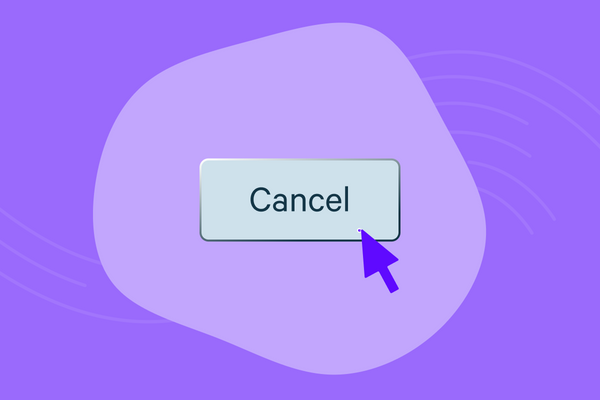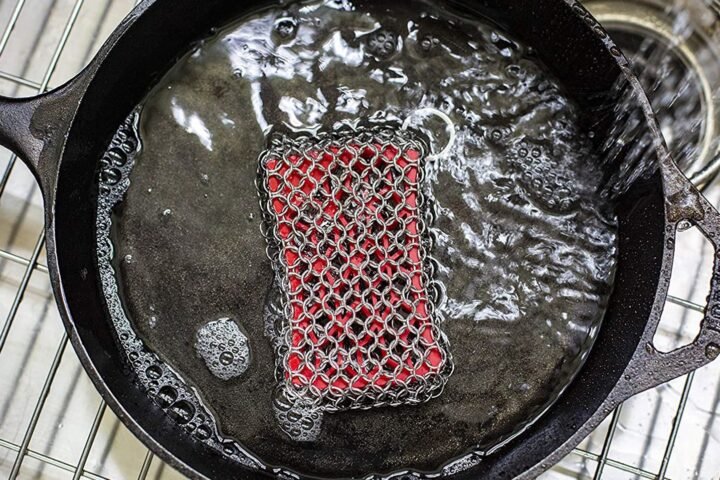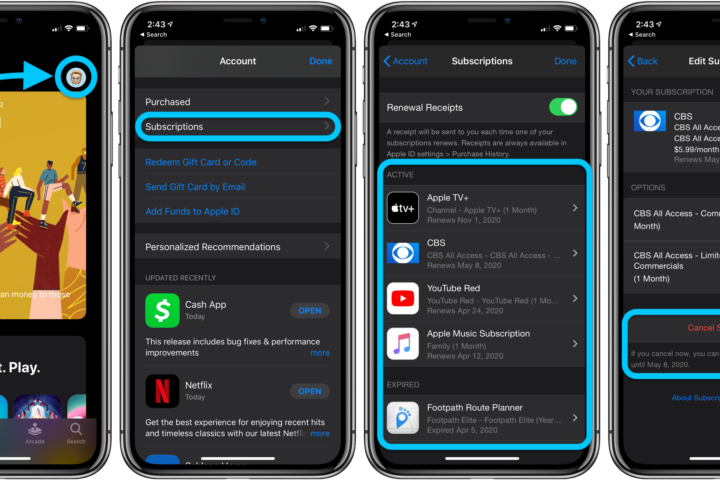Dealing with a stye can be an uncomfortable and sometimes painful experience. A stye, medically referred to as a hordeolum, is a small, red, painful lump that forms on the eyelid. Often caused by bacterial infections in the oil glands of the eyelid, styes can be both unsightly and irritating. While getting rid of a stye “overnight” might be a bit ambitious due to the natural healing process, there are certainly effective steps you can take to expedite recovery and alleviate discomfort. This article will delve into practical methods to manage a stye, offering insights into both home remedies and when to seek medical advice.
Understanding Styes
Before diving into remedies, it’s crucial to understand what styes are and why they occur. A stye usually begins as a red bump that looks similar to a pimple along the edge of the eyelid. The primary culprits behind stye formation are bacteria, particularly Staphylococcus aureus, which infiltrate the sebaceous glands at the base of the eyelashes. Poor hygiene, stress, hormonal changes, or leaving makeup on overnight can exacerbate or contribute to the development of styes.
Home Remedies for Immediate Relief
Warm Compresses: The First Line of Defense
Applying a warm compress to the affected area is one of the most recommended and effective treatments for a stye. The warmth helps to dissolve the pus and oil, allowing the stye to drain naturally. Soak a clean cloth in warm water, wring out the excess, and gently apply it to your eyelid for about 10 to 15 minutes. Repeat this process 3-4 times a day. It’s essential to maintain hygiene during this process to avoid spreading the infection.
Keep Your Eyelids Clean
Maintaining eyelid hygiene is paramount when dealing with a stye. Use a mild, tear-free baby shampoo diluted in warm water to gently cleanse the affected area. Alternatively, over-the-counter eyelid scrubs are available that can help remove debris and bacteria from the eyelids. Avoid using harsh soaps or chemicals that could further irritate the eye.
Avoid Makeup and Contact Lenses
While you’re treating a stye, it’s best to avoid wearing makeup and contact lenses. Applying makeup can introduce bacteria to the area and prevent the stye from draining. Similarly, wearing contact lenses can irritate the stye and increase the risk of spreading the infection to other parts of the eye.
Medical Treatments
When to See a Doctor
If your stye doesn’t improve after a couple of days of home treatment, or if it becomes more painful, it’s wise to consult a healthcare professional. Additionally, if you experience symptoms such as fever, vision problems, or the stye spreads to other parts of your eye or eyelid, seek medical attention promptly.
Antibiotics and Other Medications
In some cases, a doctor may prescribe antibiotic ointments or drops if they determine your stye is caused by a bacterial infection. It’s important to follow the prescribed treatment plan and complete the course of antibiotics to ensure the infection is fully eradicated.
Surgical Intervention
In rare cases, if a stye is particularly persistent or affecting vision, a doctor may recommend a minor surgical procedure to drain the stye. This procedure is usually quick, performed under local anesthesia, and can provide immediate relief from the discomfort associated with a large, painful stye.
Preventing Future Styes
Preventing styes is just as crucial as treating them. Here are a few tips to help reduce your risk of developing styes in the future:
- Practice Good Hygiene: Always wash your hands before touching your eyes, and ensure your makeup and makeup brushes are clean and not expired.
- Remove Makeup Before Sleeping: Sleeping in makeup can clog the oil glands around your eyelids, increasing the risk of developing styes.
- Manage Stress: High stress levels can weaken your immune system, making you more susceptible to infections like styes.
- Use Warm Compresses Regularly: Even when you don’t have a stye, using a warm compress a few times a week can help keep the oil glands around your eyelids clear.
Conclusion
While the desire to get rid of a stye overnight is understandable, it’s important to approach treatment with realistic expectations. Most styes will require a few days to heal, even with diligent care. Home remedies, particularly the use of warm compresses and maintaining good eyelid hygiene, can provide significant relief and expedite the healing process. However, if your stye worsens or is accompanied by more severe symptoms, it’s crucial to seek medical advice. Remember, the key to managing styes effectively lies in both treatment and prevention, ensuring these pesky eyelid bumps remain a rare inconvenience rather than a recurring problem.





